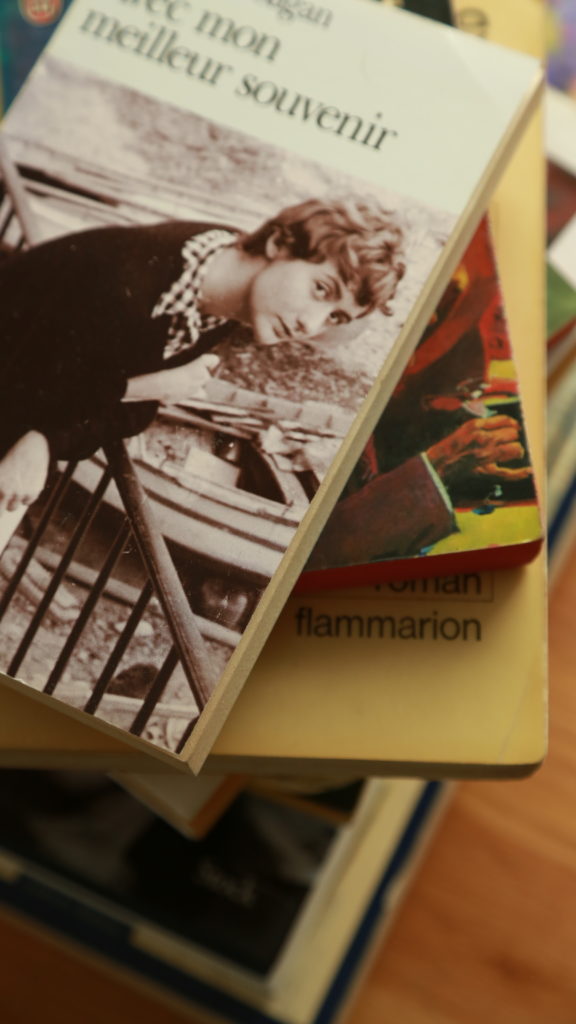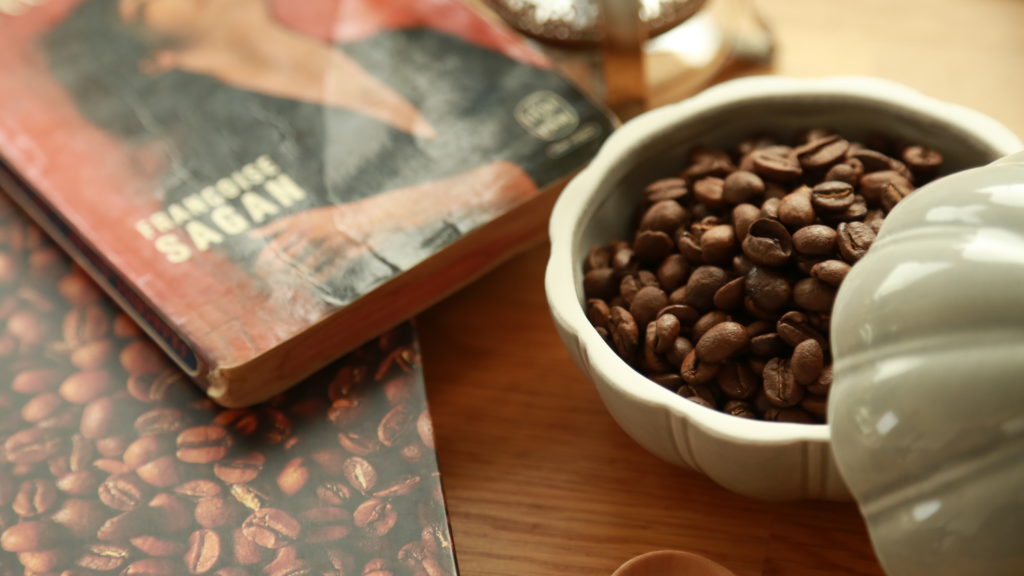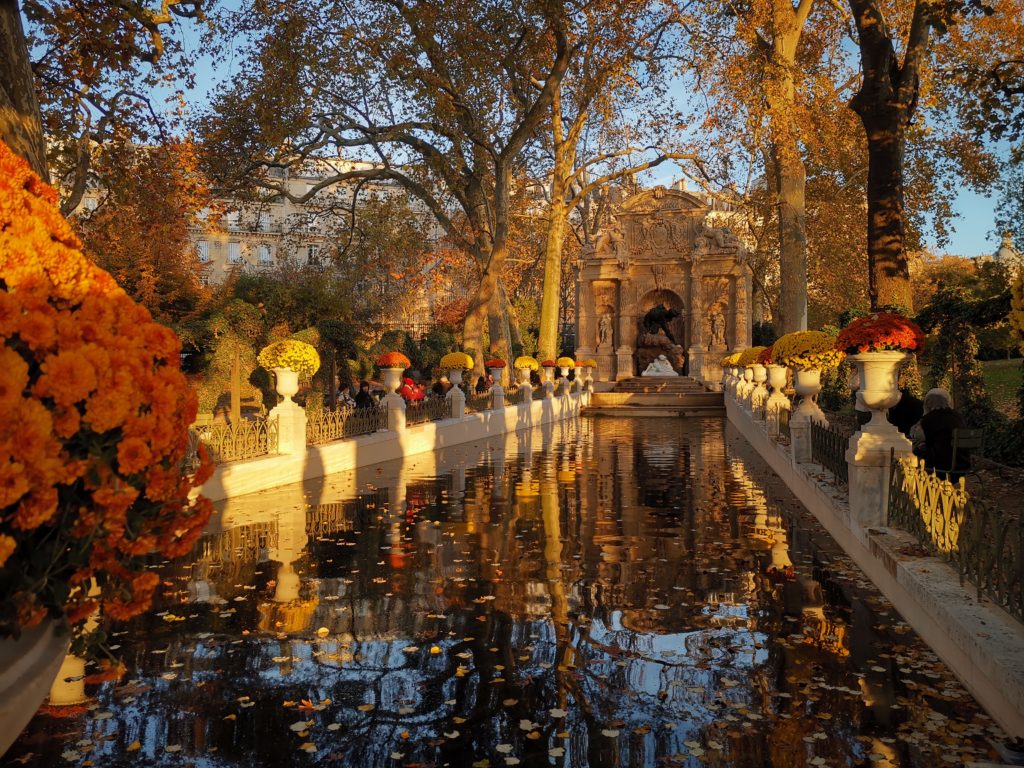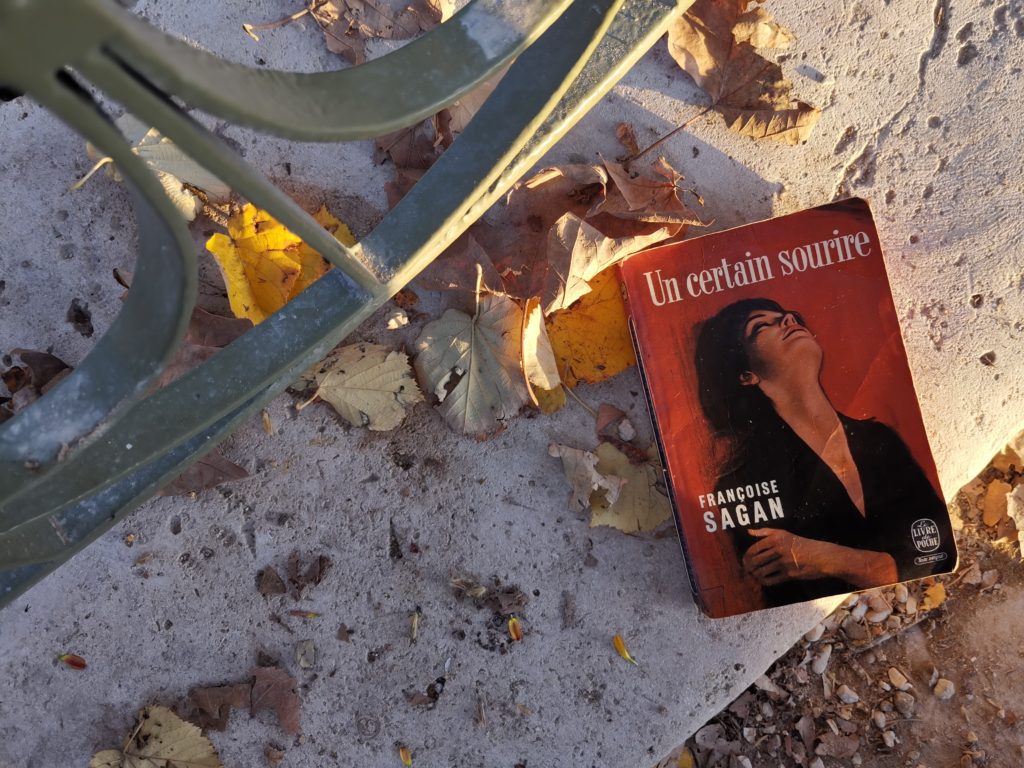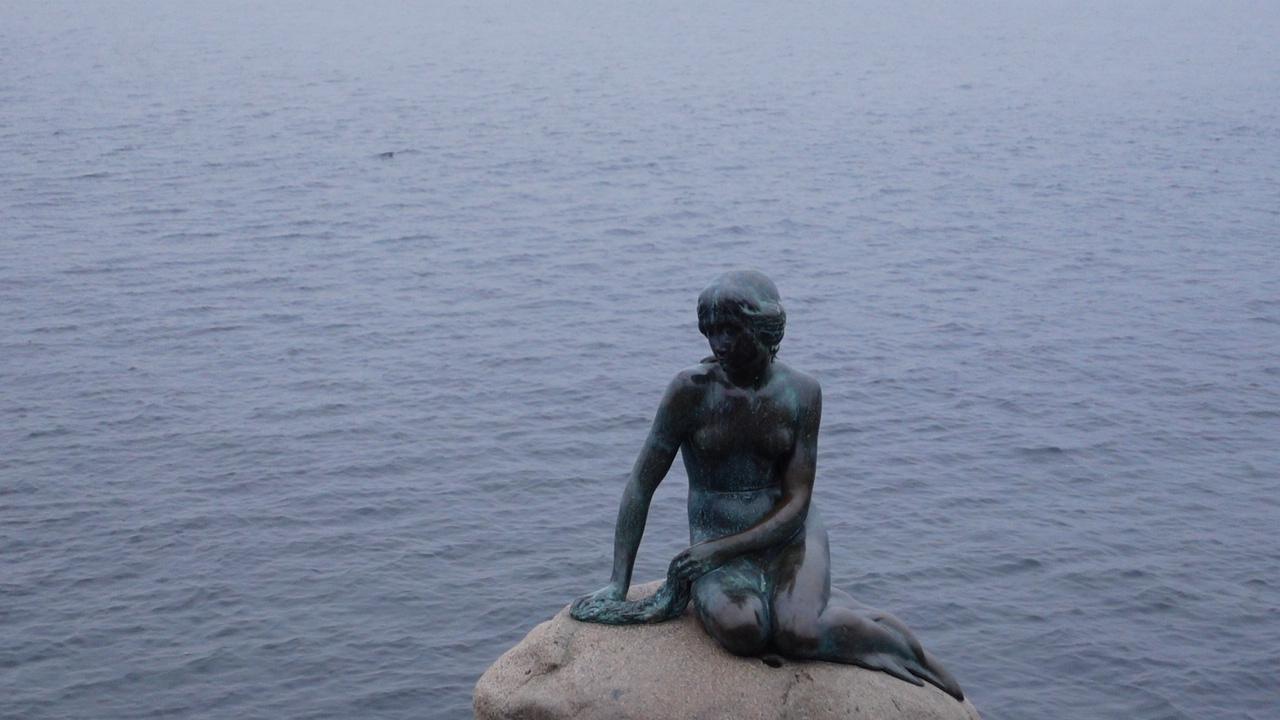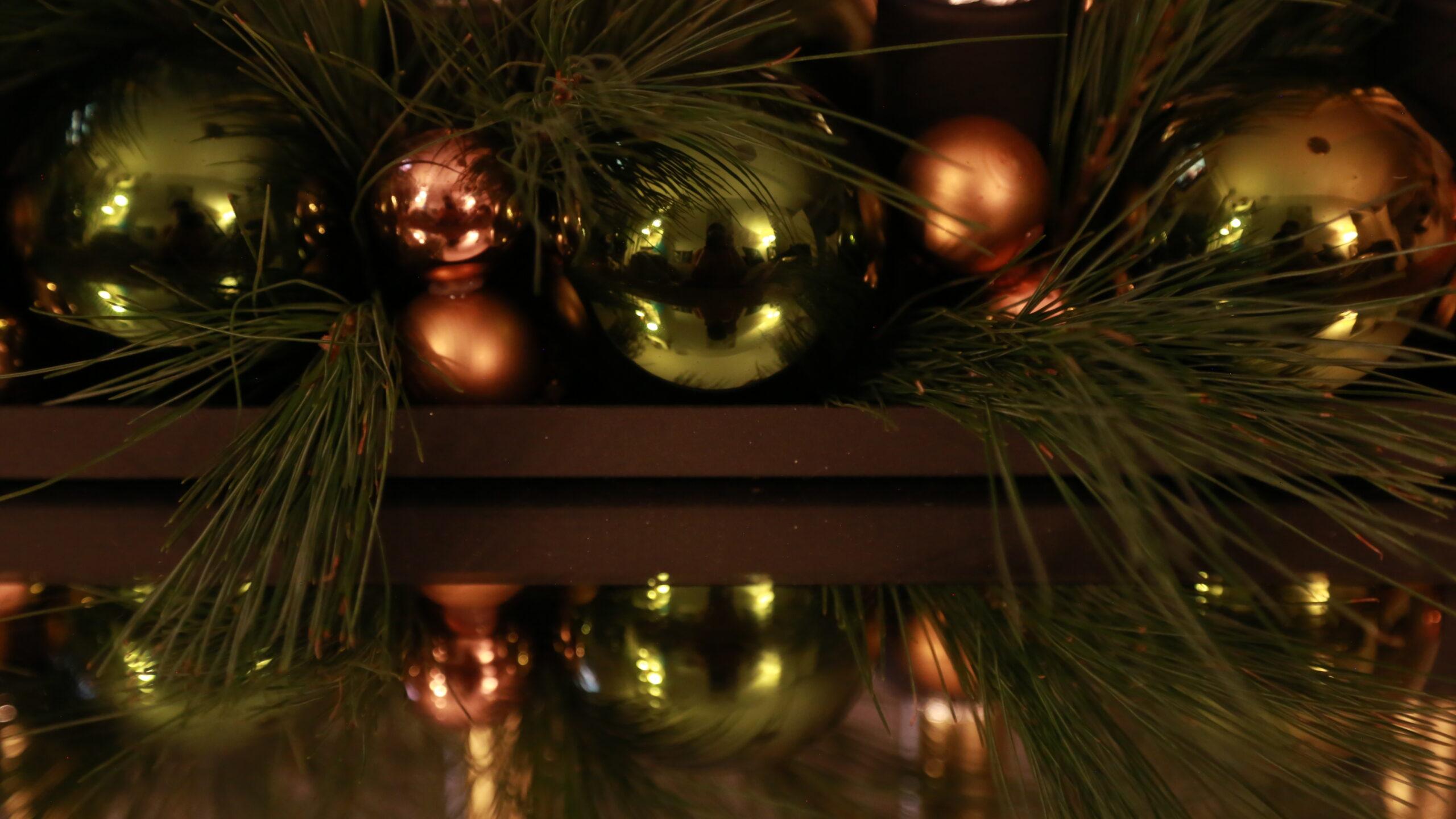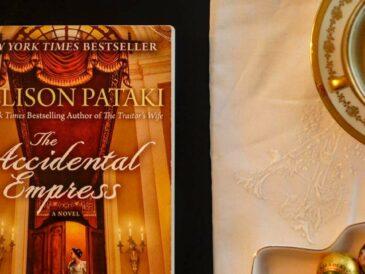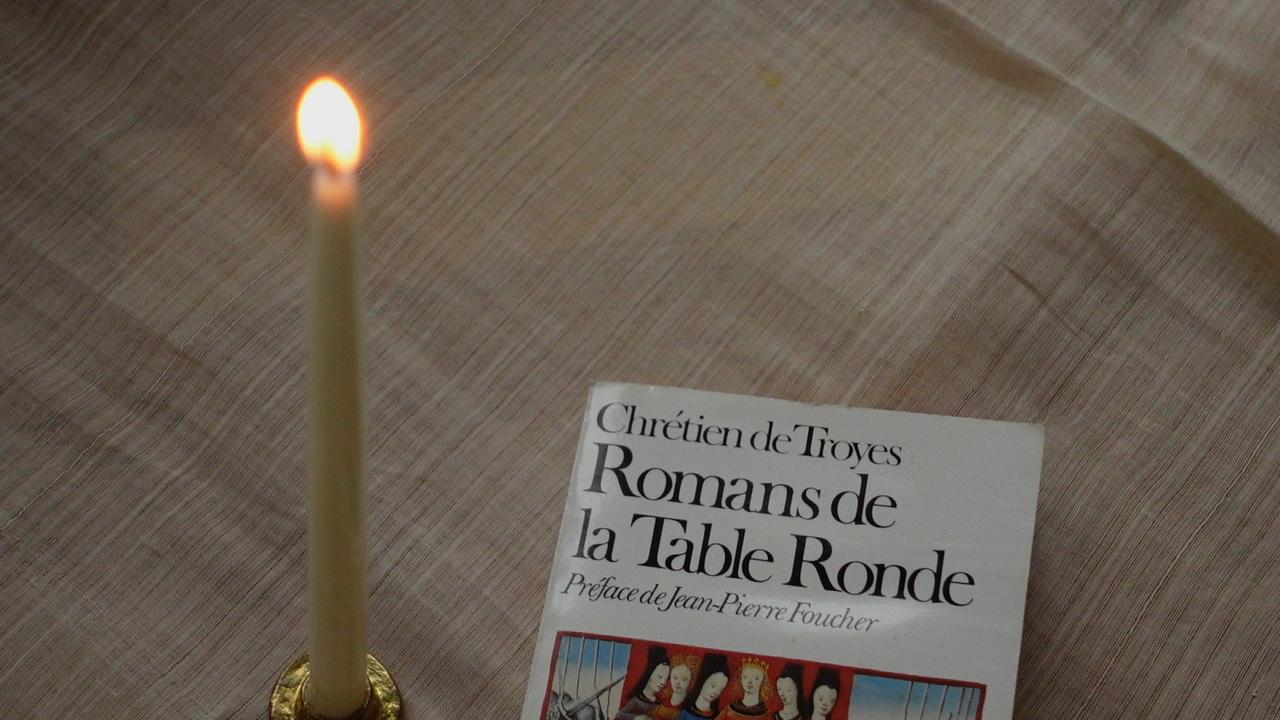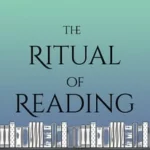Mon passe-temps favori, c’est laisser passer le temps, avoir du temps, prendre du temps, perdre son temps, vivre à contre-temps.
My favorite pastime is to let time pass, to have time, to take my time, to lose my time, to live off beat.
My obsession for Sagan started in my teens. I think the fascination of a world infinitely more free than my small town life got the better of me, and even though I didn’t completely idealise the lifestyle she described, I was pretty smitten with some of the pictures she painted in her books. With time, I got to know her better, through her writing but also through the testimonials and biographies that started to appear. I got a glimpse of the demons that haunted her, and I like to think I started to better understand the universe she created in her novels. My college degree thesis was about her novel “La femme fardée”, but the one that I remember the fondest was “Un certain sourire”, “A certain smile”.
Je m’appelle… a brief biography
Françoise Delphine Quoirez was born in 1935, the youngest daughter of a bourgeoise family. She was a difficult student, got expelled from several schools, obtained her baccalauréat on the second try, and even though she started University at the Sorbonne, she never graduated. Her focus was easily distracted by life, and the remarkable thing is that she made a career from describing the little moments of everyday life, feelings so insignificant we hardly ever share them with others, but still, details that make up the human existence. Her novels were considered easy-reads and even though they became bestsellers, she was never seen as a major figure of French literature. However, the value of her writings is slowly revealing its importance with time, as she depicted the lifestyle of a generation who saw humanity reinvent itself after the war, a generation that invented jazz and freed the arts like never before.
The story in one phrase
Twenty-year-old Dominique is studying law at the Sorbonne, but the tranquil parisian life of a student in the 50’s proves too boring for a young girl in search of an exciting affair.
How does it make me feel
The privilege of boredom in a city like Paris is fascinating to me… it makes me feel nostalgic of times where all you had to do was go to class and let yourself fall in love.
The ritual of a Café
Françoise Sagan is famous for having enjoyed drinks a little stronger than plain old coffee, but for my reading time and the honour of the Parisian café, I choose to prepare a cup of wonderfully fragrant coffee. My blend comes from the young and talented team of 112coffee in Romania, that developed this balanced mix of Brazilian at Guatemalan beans, roasted to perfection – which for me is in moderation, I don’t like heavily roasted italian-style coffee. The ritual of grinding your coffee at home is a moment of pure delight. Nothing can compare to the moment when you open the grinder and take the first sniff of coffee. And for a complete parisian experience, I’ll use my French Press to brew my perfect cup. Un café à la maison, but honestly, if you drink it while reading Françoise Sagan, you could just as easily imagine yourself sitting in front of the Jardin de Luxembourg, at the Café Rostand, looking at the people passing by…
Impressions
A certain smile, a certain world, another time. Reading this novel at different ages, is my own private mirror of personal growth. I used to somewhat identify with Dominique’s thirst for adventure, a kind of crazy courage backed up by the very clear knowledge that you can handle it. And even if life proved I could indeed handle it, today I want to say “But why ?”. Many years ago, I came to the conclusion that Sagan’s novels taught me the value of solitude as a luxury, and even though her life or her characters did not prove it, I still believe that knowing how to spend your time alone is the strongest impression her novel left on me.
Sagan’s Paris
Nous avions passé l’après-midi dans un café de la rue Saint-Jacques, un après-midi de printemps comme les autres. Je m’ennuyais un peu, modestement; je me promenais de la machine à disques à la fenêtre pendant que Bertrand discutait le cours de Spire. Je me souviens qu’à un moment, m’étant appuyée à la machine, j’avais regardé le disque se lever, lentement, pour aller se poser de biais contre le saphir, presque tendrement, comme une joue. Et, je ne sais pourquoi, j’avais été envahie d’un violent sentiment de bonheur; de l’intuition physique, débordante, que j’allais mourir un jour, qu’il n’y aurait plus ma main sur ce rebord de chrome, ni ce soleil dans mes yeux.
We had been spending the afternoon in a café on Rue Saint-Jacques, an afternoon in springtime like any other. I was quietly rather bored: I was moving back and forth between the jukebox and the window while Bertrand discussed Spire’s lecture. I remember that, at one moment, leaning against the jukebox, I had watched the record rise slowly and then place itself at an angle against the needle, almost tenderly, as if it were a cheek. And I don’t know why but I was suffused with a fierce sense of happiness and with the overwhelming, almost palpable intuition that I was going to die one day and that there would no longer be this hand of mine on the chrome ledge, nor sun in my eyes.
Walking the streets of the Rive-Gauche, in search of the places she used to see daily, you almost travel in time… Rue Saint-Jacques, Boulevard Saint-Michel, Place Edmond Rostand, le Panthéon… walking in the footsteps of Sagan.
Je me promenai une heure, entrai dans six boutiques, discutai avec tout le monde, sans gêne. Je me sentais tout libre, toute gaie. Paris m’appartenait. Paris appartenait aux sans scrupules, aux désinvoltes, je l’avais toujours senti, mais cruellement, par manque de désinvolture. Cette fois c’était ma ville, ma belle ville dorée et tranchante, la ville “à qui on ne la faisait pas”. J’étais soulevée par quelque chose qui pouvait être de la joie. Je marchais vite, j’avais un poids d’impatience, de sang aux poignets; je me sentais jeune, ridiculement jeune. Dans ces moments de bonheur fou, j’avais l’impression d’arriver à une vérité beaucoup plus évidente que les pauvres petites vérités rabâchées de mes tristesses.
I walked around for an hour, went into half a dozen shops, talked to everyone I met with total ease. I felt utterly free and utterly happy. Paris belonged to me. Paris belonged to those who had no scruples, who were free and easy. I had always been pained by my awareness of this, because I myself was not free and easy. This time it was my city, my beautiful city, gilded and sharp-edged, a city you couldn’t hoodwink. I was carried along by something that might have been joy. I walked quickly. I felt full of impatience and of my own strength. I felt young, ridiculously young. In those moments of wild happiness I had the impression of arriving at a truth much more self-evident than the poor, hackneyed little truths learnt in times when I had been unhappy.
Life Lesson
I once saw the book described as “thoroughly immoral and thoroughly French”. It simplifies things but not too far from the truth. And I think the life lesson resides just here. Do you have to be immoral in order to live an exciting life ? Can your happiness exist without hurting others ? Is the adventure worth the affair ? I believe there is an age for every experience in life, as long as you do not hurt others in the process. And maybe, if you’re lucky, you get to learn your own life lesson.
Favourite Quote
Mais enfin quoi ? J’étais une femme qui avait aimé un homme. C’était une histoire simple; il n’y avait pas de quoi faire des grimaces.
So what ? I was a woman who had loved a man. It was a simple story, no need to make a fuss.
Jazz Manouche
Sagan loved Parisian Jazz clubs, they were the perfect meeting place and the inspiration for many of her characters. If Jazz music came to France from the afro-american community, its encounter with the french gypsy people was the starting point of a unique sub-genre : le jazz manouche, or gypsy jazz. The meeting of a guitar and a violin, manouche jazz (named after the gypsy community of France) was the creation of Django Reinhardt and Stéphane Grappelli, in the 1930s. In its original form, it has no percussions, woodwinds or brasses, so the rhythm is given only by two guitars, a double bass and a violin. The style influence is somewhere between central european gypsy music and the French musette, a popular type of music in fairs and festivals. With time, the accordeon, the base and the clarinet were added, and the genre is constantly evolving. It’s an uplifting music of joy and celebration, just like the gypsy people, that always know how to find joy, even when reality is not exactly joyful.
Why you should read it
To find that existentialist spirit of Paris and get some perspective for your own little drama, or simply to travel 60 years in time, and remember, or discover, how life was moving at a different pace, and people had the time to think about their feelings…
So many other recommendations from Sagan come to mind, but before I go, I have to mention the movie based on her novel Aimez-vous Brahms… with Ingrid Bergman, Yves Montand and Anthony Perkins, called Goodbye Again. I hope you’ve enjoyed our little stroll through Paris, in the company of Françoise Sagan… Until next time, enjoy your reading, and your rituals !
If you would like to support The Ritual of Reading, please consider purchasing your books from the Bookshop.org dedicated site by clicking the link below. You get to support local bookstores and I make a small commission with every purchase. Thank you !

